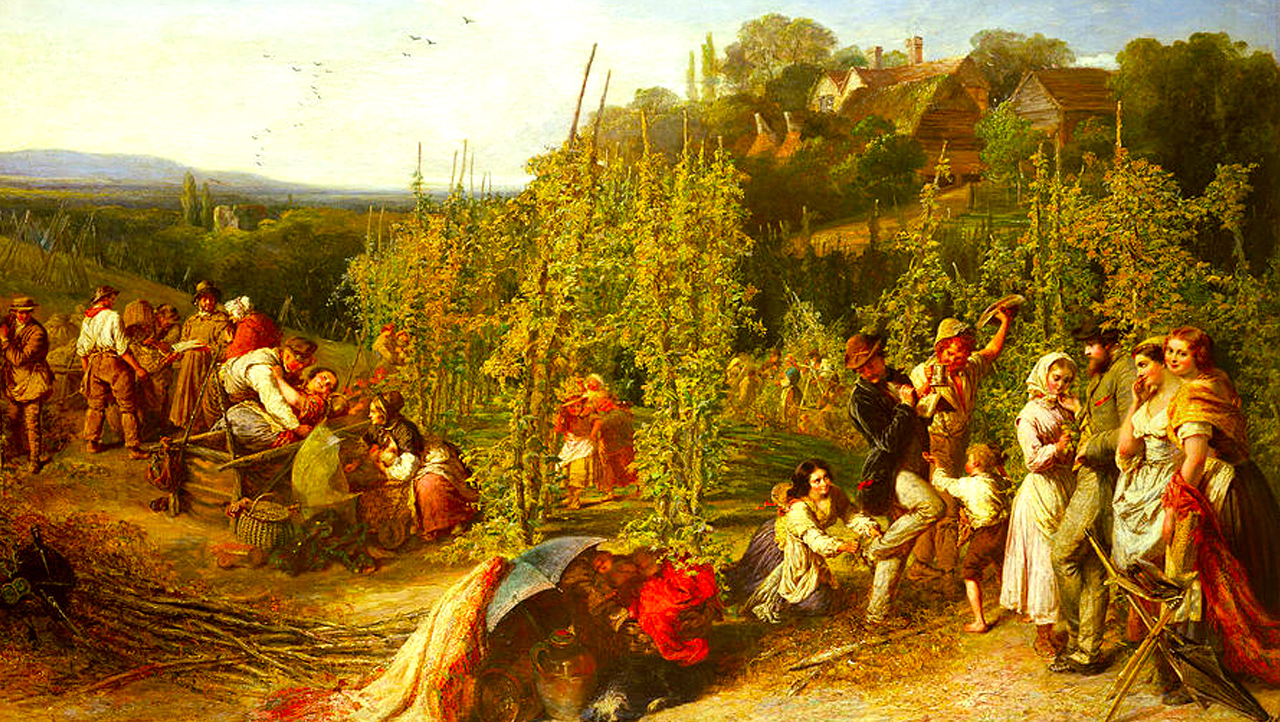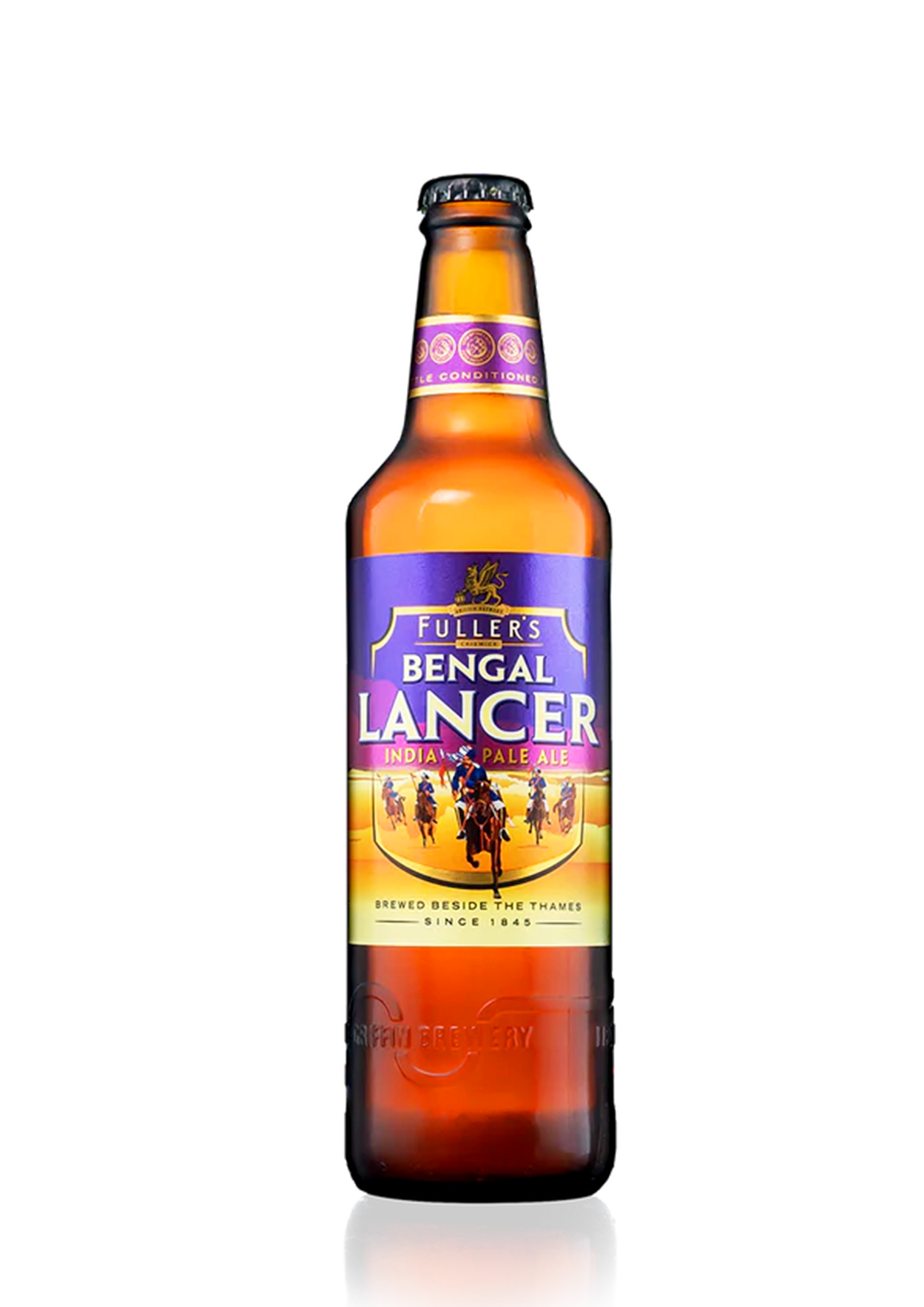FLAVOUR:
FLORAL / SPICY / HONEY / EARTHY
Canterbury Golding can be substituted for Kent Golding in any recipe. This hop continues to be used in the brewing world as it defines classic English Ales and is also widely used in Belgian ales. It is often combined with Fuggle.
HISTORY:
HERITAGE HOP FIRST INTRODUCED IN KENT UK 1790 & NELSON, NZ 1842
Found growing in a gold mining ghost town on the West Coast. It has been grown in NZ since 1842 and is the mother of the Golding line of hops.
The fledgling NZ hop industry was started in Nelson in 1842, being relatively free of wind to which hops are susceptible. The first plantings were Green Bine (aka Fuggle), Bumford (aka Late Red Bine, Canterbury Golding, Old Golding), Colegate (aka Grape, Cluster) and Kent Golding.
According to Dr. Rudi Rodburgh, Canterbury Golding is botanically similar to Kent Golding but ripens a little later in the season.
"CANTERBURY (OLD) GOLDING (Synonyms - Bumford, Late Red Bine.) Bumford is a late-maturing variety of Golding hops of average yielding ability under Nelson conditions. Botanically it is one of the true English Goldings which is still grown in England." .
GROWTH / YIELD:
Canterbury Golding was selected from Canterbury Whitebine seedlings around 1790.
It is referred to as half late regarding harvest and is the mother of the Golding line which includes; "Bramling", "Cobbs", "Early Bird", "East Kent", "Eastwell", "Mathon", "Petham" & "Rodmersham" all named after areas, harvest times or people. (for an article on how terroir affects hop flavour and harvest times click here)
Canterbury Golding is a good performer as far as yield and produces large loose cones but they can cause trouble during harvest if the cones have been allowed to become over ripe and dry on the vine for too long, so pick mid March at 22% dry matter.
BEER STYLES:
• UK PALE ALE
• UK IPA
• PORTER
• STOUT
• BELGIAN ALE












